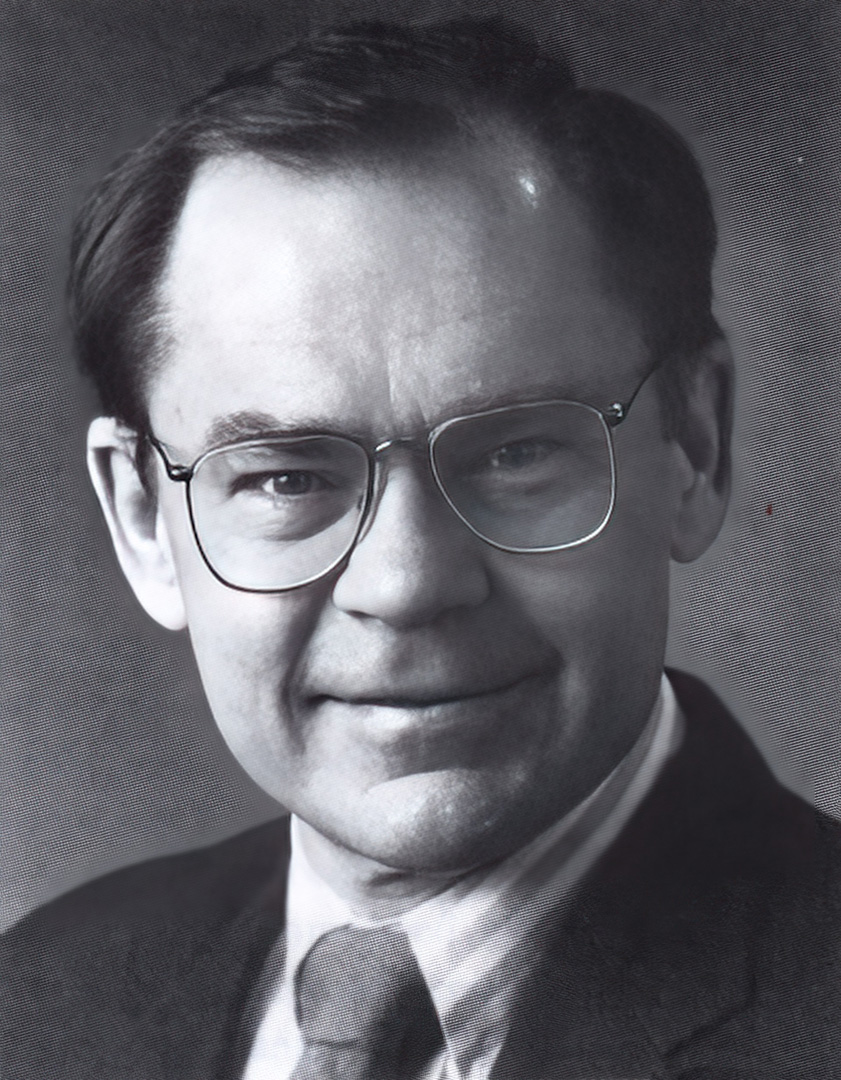SIGGRAPH 1994 Computer Graphics Achievement Award: Torrance
Awardee(s):
Award:
- Computer Graphics Achievement Award
Description:
The SIGGRAPH Achievement Award is presented to Dr. Kenneth E. Torrance in recognition of his contributions in the fields of radiosity and physically-based reflectance models. These contributions are the underpinnings of the majority of computer graphics images produced during the past fifteen years.
Kenneth Torrance received his Bachelor’s (1961), Master’s (1962) and doctoral (1966) degrees in Mechanical Engineering from the University of Minnesota, where Ephraim Sparrow served as his graduate advisor. He was a visitor at the National Institute for Standards and Technology in Washington, DC, and the National Center for Atmospheric Research in Boulder, Colorado. Dr. Torrance is Professor of Mechanical and Aerospace Engineering at Cornell University, Ithaca, New York where he has also served as Associate Dean of the College of Engineering. A Fellow of the American Association of Mechanical Engineers, he has nearly ninety publications in the fields of combustion, heat transfer, experimental and computational methods, and realistic image synthesis in computer graphics. His work has included interdisciplinary studies in such fields as destructive fires, environmental and geophysical fluid motions, and industrial thermal management.
Dr. Torrance was known to the computer graphics community before the computer graphics community was known to him. Jim Blinn initially employed the Torrance-Sparrow model as the first application of a physically-based reflectance model in 1977. Dr. Torrance subsequently collaborated with Rob Cook in 1980 to apply a more complete version of this model.1 In 1991, with Sheldon He and others, Torrance improved the model and compared and verified the results with experimental values.
These contributions became even more significant when, over a period of several years, he and Don Greenberg collaborated to guide many students who developed and expanded the radiosity approach to rendering. Radiosity represented a new and important basic paradigm for rendering. It is based on a global model of the interaction of light and surfaces. The complexity of these interactions of light with many surfaces was previously considered intractable. Torrance provided the guiding light and scientific leadership over more than a decade of critical development of this new paradigm. Torrance’s seminal work inspired other computer graphics researchers at several institutions to explore this new approach.
Indeed, we might well say that Torrance is the father of radiosity in computer graphics.
Source:
- ACM SIGGRAPH Citation




